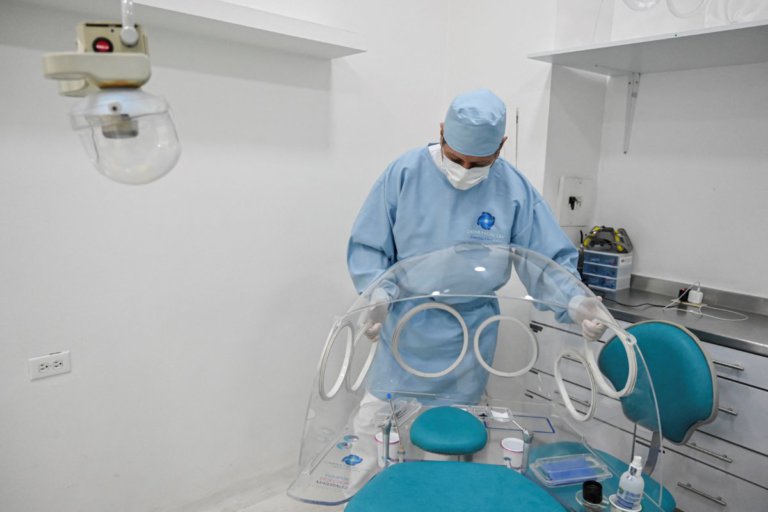
As with any medical specialisation, gaining orthodontics qualifications can be an arduous process. Orthodontists spend up to a decade studying, starting from an undergraduate course, dental school, and finally an orthodontics residency programme. Yet this field is highly rewarding, both in terms of salary and job satisfaction.
Although orthodontic services are concentrated among teenagers and young adults, there is more to the practice than fixing braces. If you’re considering becoming an orthodontist, let’s explore the main reasons why you should.
Delve deeper into dentistry practice
Though both take care of oral health, dentists and orthodontics are not to be confused. A dentist fixes tooth decay, extracts teeth, and creates fixtures such as crowns and veneers. Orthodontists, on the other hand, treat alignment or bite issues, such as teeth that protrude or don’t meet at all.
After medical and dental school, you may practice as a dentist, and revisit residency programmes later on. This will allow you to build a solid foundation in dental care before specialising in specific treatments of the entire mouth structure. Besides orthodontics, dentists may also become endodontists (who focus on the pulp of the tooth), periodontists (who treat gums and bones supporting the teeth), or pediatric dentists (if you prefer treating younger patients).

Oral health specialists are in demand in middle-to-high income countries. Source: John Moore/Getty Images/AFP
High-paying orthodontics career
You will have to earn either a doctor of dental surgery (D.D.S) or a doctor of dental medicine (D.M.D.) degree from an accredited dental school before pursuing orthodontics postgraduate training. Expect to deepen your knowledge of the structure of the mouth, jaw, and skull during this initial stage.
The postgraduate portion includes theoretical study as well as clinical and research experience. Here’s when you’ll learn how to straighten teeth and make other changes while accounting for bone growth. The process is undeniably lengthy, but all these years of training will reap rewards later in your career.
Experienced orthodontists are in high demand in middle-to-high income communities. According to the US Bureau of Labor Statistics, orthodontists make around US$208,000 yearly; this is subject to change depending on where you’re located, how many hours you work, and the number of patients you see.
According to US News rankings, this places orthodontists at #5 on the list of Best Paying Jobs. It’s safe to say that orthodontists make great returns on the investment of time, money, and effort that goes into the study of orthodontics. If you’re curious to know more, check out these universities with well-reputed orthodontics programmes: Harvard University and Boston University in the US, King’s College London and the University of Edinburgh in the UK, or the University of Queensland and the Univesity of Sydney in Australia.










